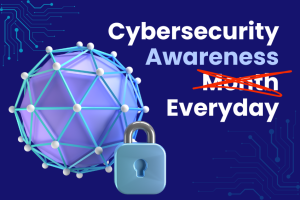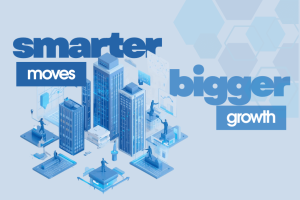What's Data Classification All About?
5 Reasons Why Your Business Needs Data Classification
1. Minimize cyber threats: Regularly back up your data using automatic backups, either to the cloud or an external drive, to ensure a reliable backup option.
2. Enhance security: Categorizing information based on sensitivity allows you to apply certain security controls such as encryption and access controls. This lessens the risk of breaches while ensuring critical information is only accessible by authorized personnel.
3. Compliance made simple: For people working in healthcare or finance, you already know how far the regulations around data privacy go. With classification of data, an organization effortlessly achieves compliance by demonstrating to auditors how sensitive data is stored and protected.
4. Reduce costs: Why pay to store unnecessary data? Classification enables you to assess and determine what data is significant and what can be discarded further aiding in minimizing storage costs.
5. Make better decisions: Organized data means faster access to insights. By categorizing information effectively, your team can make informed decisions that drive growth.
How Do You Get Started With Data Classification
Evaluation of Data: Determine the various types of data you possess, such as revenue documents or customer’s data, along with the data storage sites.
Categorization of assets: Depending on the level of sensitivity, assign tags which can include, but are not limited to: ‘open,’ ‘within,’ ‘private,’ or ‘restricted.
Secure data: For data that is sensitive, implementation of encryption, multi-factor identification (MFA), along with rigid access boundaries must be changed.
Relieve repetitive tasks: To guarantee accuracy while making the procedure simple consider purchasing data classification tools.
Train your team: Make sure workers are informed on the significance of proper management of classified information.
Beyond Classification: Controlling Access
Equally important is the need to regularly audit data sharing practices. Over time, files might end up being shared more widely than intended, or access rights could linger even when they’re no longer necessary. Conducting routine checks ensures that sensitive data isn’t being shared by mistake and that permissions remain in line with the needs of the business.




